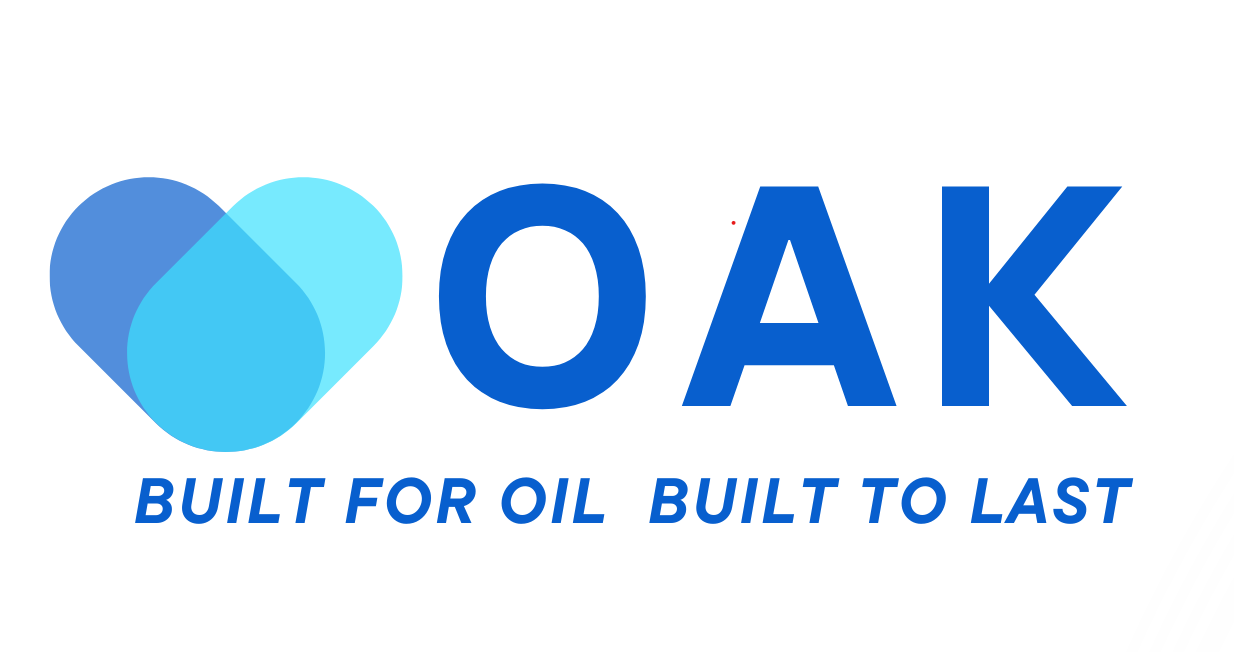What is API 5DP Drill Pipe
- Categories: News Center
- Time of issue: 2025-04-14
- Views: 1
API 5DP drill pipe used in oil and gas drilling operations. It defines the material requirements, dimensions, mechanical properties, testing methods,
What is API 5DP Drill Pipe
API 5DP drill pipe used in oil and gas drilling operations. It defines the material requirements, dimensions, mechanical properties, testing methods, and inspection criteria to ensure reliability under high-stress drilling conditions.
1. Overview
Key Features
Used in rotary drilling to transmit torque, axial load, and drilling fluid to the bit.
Consists of pipe body + tool joints (welded or threaded connections).
Must withstand tensile, torsional, and bending stresses in deep and deviated wells.
Compliant with API 5DP (9th Edition, 2020) and ISO 11961.
2. Grades & Mechanical Properties
(1) API Drill Pipe Gradesnote:
Higher grades (G-105, S-135) are used in deepwater, HPHT (high-pressure high-temperature), and sour service (H₂S) environments.
Sour service requires special heat treatment to resist sulfide stress cracking (SSC).
3. API 5DP Dimensions & Weight
Standard Sizes (OD: 2-3/8" to 6-5/8")note:
Drift diameter ensures the pipe can accommodate standard tools.
Heavy-weight drill pipe (HWDP) has thicker walls for added strength.
4. Tool Joint Connections (API Standards)
API 5DP drill pipe uses standardized tool joints for high torque and sealing:
5. Inspection & Testing Requirements (API 5DP)
To ensure quality, API 5DP mandates:
(1) Non-Destructive Testing (NDT)
Ultrasonic Testing (UT) → Detects internal flaws.
Magnetic Particle Inspection (MPI) → Finds surface cracks.
Hardness Testing → Ensures material strength.
(2) Dimensional Checks
Drift Testing → Verifies internal diameter clearance.
Straightness Check → Ensures no excessive bending.
(3) Classification Based on Wear
6. Applications of API 5DP Drill Pipe
Onshore & Offshore Drilling
Directional & Horizontal Wells
HPHT & Sour Service Wells
Geothermal & Mining Drilling
API 5DP drill pipe is the global standard for high-performance drilling operations, ensuring durability, safety, and efficiency in extreme conditions. Proper selection based on grade, size, and inspection is crucial for successful drilling.
API 5DP drill pipe used in oil and gas drilling operations. It defines the material requirements, dimensions, mechanical properties, testing methods, and inspection criteria to ensure reliability under high-stress drilling conditions.
1. Overview
Key Features
Used in rotary drilling to transmit torque, axial load, and drilling fluid to the bit.
Consists of pipe body + tool joints (welded or threaded connections).
Must withstand tensile, torsional, and bending stresses in deep and deviated wells.
Compliant with API 5DP (9th Edition, 2020) and ISO 11961.
2. Grades & Mechanical Properties
(1) API Drill Pipe Gradesnote:
Higher grades (G-105, S-135) are used in deepwater, HPHT (high-pressure high-temperature), and sour service (H₂S) environments.
Sour service requires special heat treatment to resist sulfide stress cracking (SSC).
3. API 5DP Dimensions & Weight
Standard Sizes (OD: 2-3/8" to 6-5/8")note:
Drift diameter ensures the pipe can accommodate standard tools.
Heavy-weight drill pipe (HWDP) has thicker walls for added strength.
4. Tool Joint Connections (API Standards)
API 5DP drill pipe uses standardized tool joints for high torque and sealing:
5. Inspection & Testing Requirements (API 5DP)
To ensure quality, API 5DP mandates:
(1) Non-Destructive Testing (NDT)
Ultrasonic Testing (UT) → Detects internal flaws.
Magnetic Particle Inspection (MPI) → Finds surface cracks.
Hardness Testing → Ensures material strength.
(2) Dimensional Checks
Drift Testing → Verifies internal diameter clearance.
Straightness Check → Ensures no excessive bending.
(3) Classification Based on Wear
6. Applications of API 5DP Drill Pipe
Onshore & Offshore Drilling
Directional & Horizontal Wells
HPHT & Sour Service Wells
Geothermal & Mining Drilling
API 5DP drill pipe is the global standard for high-performance drilling operations, ensuring durability, safety, and efficiency in extreme conditions. Proper selection based on grade, size, and inspection is crucial for successful drilling.







